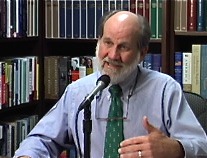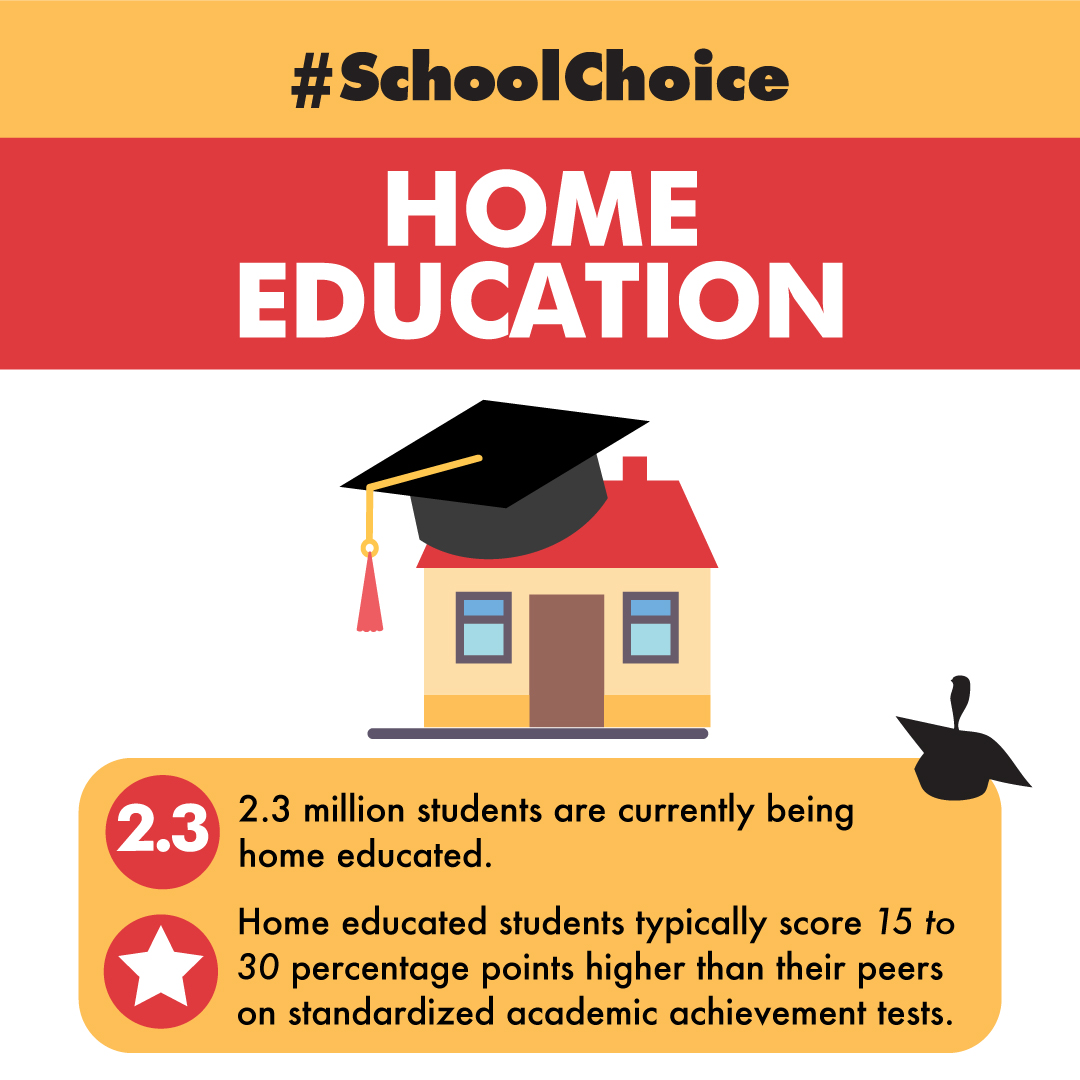This week marks the single largest celebration of school choice in U.S. history.
Educators and families across the country are celebrating National School Choice Week with 21,392 events that began Sunday and will end Saturday. North Carolina alone will hold 586 school choice luncheons, awareness speeches, and other similar events.
National School Choice Week each year spotlights a parent’s right to choose how and where a child should be educated. Traditional public schools, public charters schools, magnet schools, private schools, online learning, and home schools alike garner praise for prioritizing student success.
Statistics gathered by the National School Choice Week organization show that 70 percent of all Americans support some type of school choice. That support is higher still among Hispanic and millennial voters, with 76 percent and 75 percent approval rates, respectively.
An analysis paper from EdChoice — a free-market research foundation — found that 31 out of 33 education studies show improvement in traditional public schools where school choice is introduced into the system.
Bottom line — there is much public support for school choice, and there are a many education options from which parents can choose. But what are the differences between schooling methods, and how is each method serving kids?
Read on.
Traditional public schools and open enrollment
Trend: “States are making it easier for parents to choose traditional public schools for their kids, regardless of where those schools are located.” — National School Choice Week
So that parents may select the best public schools for their children, 10 states and the District of Columbia allow families to enroll their kids in the school of their choosing, regardless of location. Another 36 states have open enrollment that’s subject to certain restrictions and limitations.
North Carolina offers no such program, though legislation to enable open enrollment was considered in 2014. The bill was tabled by the state’s Joint Legislative Program Evaluation Oversight Committee, as critics said the plan would incite chaos for school systems.

Public charter schools
Trend: “In the last 25 years, all but seven states have passed laws allowing for the creation of public charter schools.” — National School Choice Week
Charter schools are publicly funded schools that operate with more flexibility and freedom than do traditional public schools. The United States has a total of 6,600 charter schools that serve 2.6 million children. Nationally, charter school attendance has quadrupled over the last decade. North Carolina is home to 167 charter schools, and the State Board of Education each year reviews new charter applications.

Private school choice
Trend: “More than 1 million children now benefit from some type of private school scholarship or tuition tax deduction program.” — National School Choice Week
Private school vouchers and education savings accounts, or ESAs, provide low-to-middle-income families funds to be spent on private school tuition. Thirty states offer some type of private school funding program. North Carolina’s Opportunity Scholarship program serves roughly 5,300 students and currently is funded to last through the next decade.

Magnet schools
Trend: “More school districts are embracing school choice options through theme-based magnet schools and magnet programs.” — National School Choice Week
Magnet schools, perhaps the least publicized of all choices, are public schools operated by traditional school districts and focus curriculum on themes like science, math, or the arts. There are more than 3,200 magnet schools in the U.S. serving 2.6 million students. Magnet “programs” also are incorporated within some traditional public schools. Parents can find magnet schools and magnet programs in all 50 states and the District of Columbia. There are 107 magnet schools in North Carolina, with 73,713 students enrolled.

Online learning
Trend: “Online learning and ‘course choice’ programs are expanding learning opportunities for children nationwide.” — National School Choice Week
Popularity of online coursework is growing, with free public schools, school districts, and charter schools managing and providing virtual curriculums to more than 2 million students nationwide. Forty-one states and the District of Columbia offer full-time, tuition free virtual programs. Fourteen states allow homeschool and private school students to use online courses as part of their other curriculum.
The North Carolina Virtual Academy, a statewide online learning program, serves grades K-11 and offers honors level and Advanced Placement courses, as well as dual-enrollment programs that allow students to earn college credits.

Homeschooling
Trend: “Alongside new and expanded school choice programs and policies in many states, home education continues to thrive.”
Homeschools allow parents to educate their children at home, and are given calendar and curriculum flexibility that allows children to work at an individualized pace. More than 2.3 million children currently are homeschooled. All 50 states and the District of Columbia permit homeschooling, and statistics from the North Carolina Division of Non-Public Education last year showed that there are 74,653 home schools across the state — a total of 118,268 students.
